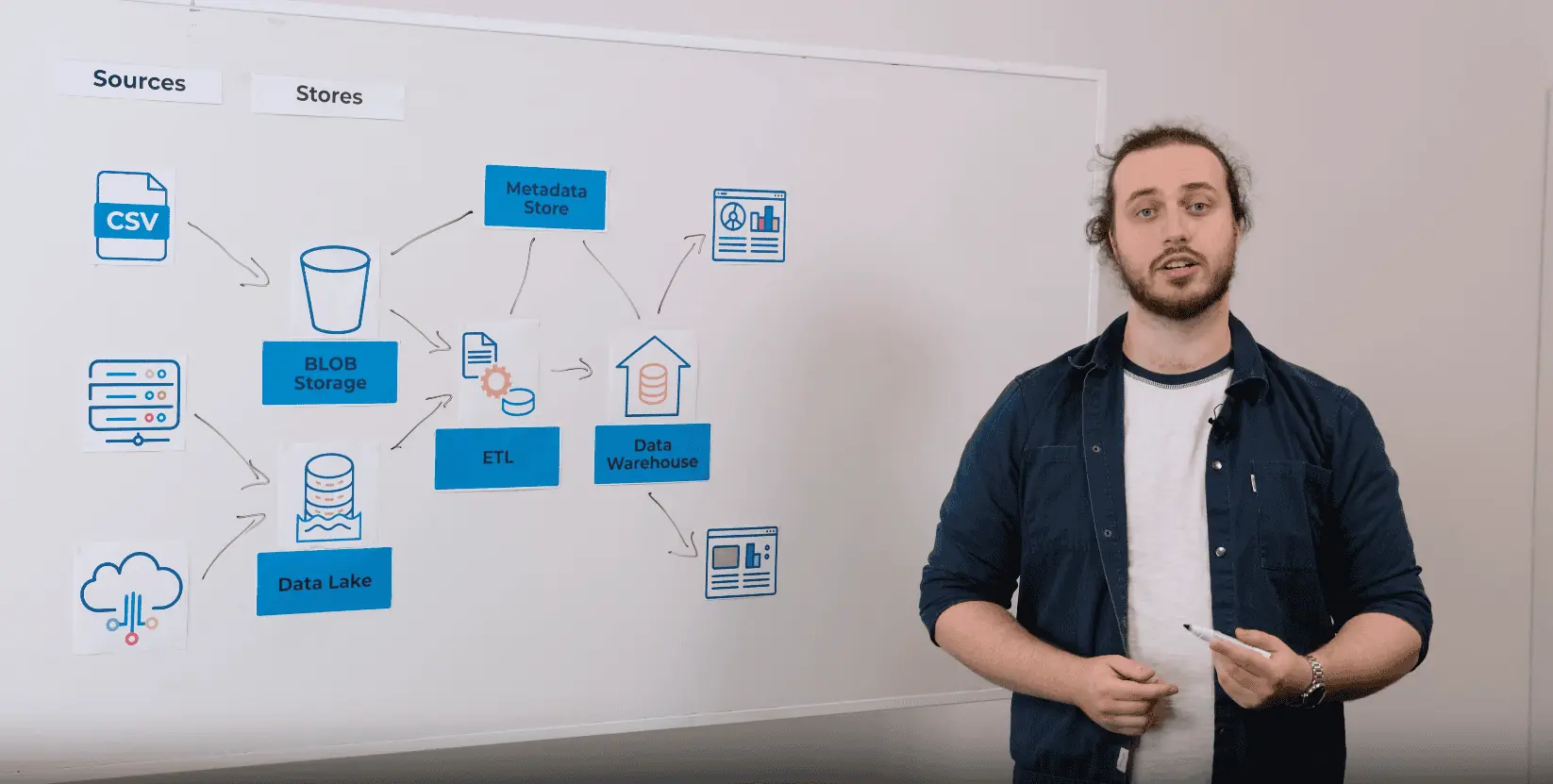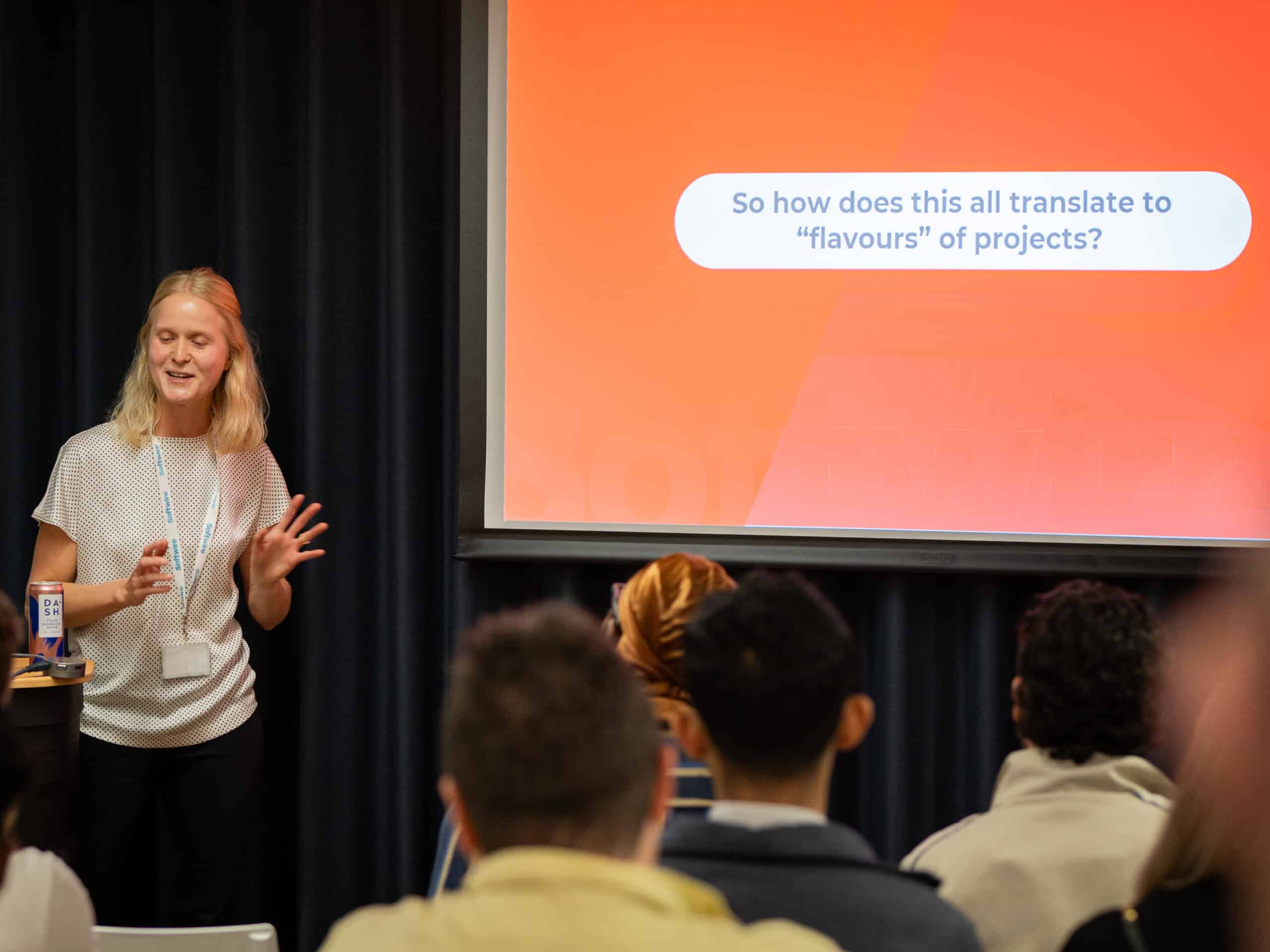
As health providers seek to achieve ever-better outcomes, care is becoming increasingly tailored to the individual. Advances in technology mean we can continually improve our understanding of our bodies and lifestyles, leading to ever-more-personalised health services.
Tailored care is important, because one size doesn’t fit all. A treatment that will be effective on one person, may not be the best course of action for another, even if both have the same condition.
Personalised healthcare today
Wearable technology already monitors our movements and advises us if we need to be more active. We’re also seeing the emergence of highly personalised commercial healthcare services, where organisations analyse our bodies and lives to provide tailored wellbeing programmes.
The exciting thing is that these examples are just the beginning. By collecting the right data and analysing it in intelligent ways using cutting-edge technology, we can quickly start to make our healthcare services more responsive to individuals’ situations, and therefore more likely to lead to positive outcomes.
The data challenge of delivering truly personalised medicine
Truly personalised medicine relies on the healthcare provider knowing and being able to analyse a huge amount of data. Factors such as age, gender, genetic makeup, personal and family medical history and general lifestyle all affect – to varying extents – the best course of action for you at any given time. Trying to collect, store and analyse all these factors and pick out which are relevant in a particular situation, poses enormous challenges. In some cases, these go beyond the capabilities of humans or consumer technology.So how do we tackle this data challenge, so that healthcare providers can offer services that match people’s unique circumstances?
Compiling the right data
The first part of the answer is about gathering the data. The more complete the information is, the better the possible outcomes can be. Providers need to bring together individuals’ traditional medical histories with emerging health data, notably from wearable devices and programmes such as the 100,000 Genomes Project. This means opening up silos of data in innovative ways, given some won’t have been designed to share information beyond the provider’s own ‘walled garden’. All of this needs to be done carefully, to ensure individuals retain control over what information is stored, who can access it and how it’s used. Granular, self-service privacy controls are a must.
Advanced data analysis
While it’s important to create as complete a picture as possible of someone’s health, not all the data will be relevant in every situation. This brings us to the other part of the answer, which is about processing and analysing huge amounts of data in a timely way. Because as well as sifting through the individual patient’s data, systems will need to compare this against de-identified data from other patients (to look for patterns or commonalities), and intelligently decide when to disregard certain data, based on an ever-deeper understanding of health conditions. In many cases, this will require secure, high-performance cloud platforms.
Delivering better public services
As with all pioneering technology initiatives, the key is to create these capabilities step-by-step. Start where there’s the greatest possible benefit and build out, adding data as required. Look first at traditional algorithms for analysis, then move to more sophisticated artificial intelligence once the former reach their limits. The prize will be ever-more-personalised healthcare offerings that result in patients leading longer and happier lives. Meanwhile, stretched public health services will be able to treat people more quickly and effectively, reducing the strain on scarce resources.


